Wales boss Warren Gatland was "shocked" when backs coach Rob Howley was sent home from the World Cup for an alleged betting breach.
However, he believes the setback will not derail the team in Japan.
Howley's departure came just six days before Wales' opening game against Pool D opponents Georgia.
Welsh Rugby Union chief executive Martyn Phillips confirmed there would be an investigation.
"You have to deal with adversity at times, and it's how you respond and react to that," said Gatland.
"We were shocked. The Union are dealing with this, and my focus has to be on the next five days in terms of preparing the squad for the first game against Georgia.
"I must say that the players in the last 24 hours have really stepped up and they have been incredibly responsible and resilient, and sometimes that brings teams closer together.
"At the moment, these are allegations. Obviously, Rob was devastated by the allegations. That's all I can say."
News of Howley's departure emerged on Tuesday, with the WRU confirming the 48-year-old had "returned to Wales to assist with an investigation" in relation to a potential breach of betting on rugby.
World Rugby's regulations prohibit anyone connected with the sport betting or attempting to bet, directly or indirectly, on the outcome of a match, or on any element of it, or receiving the proceeds of bets.
Phillips said the WRU was first informed of the alleged breach by the integrity team of a betting company last Wednesday, when Wales' squad were travelling to Japan.
Phillips and other senior WRU figures arrived in Japan on Monday and later that day he met Howley, who he said was "very cooperative".
"Then we had a second meeting later that day and determined the right course of action would be for Rob to return to Wales," said Phillips.
"We're on the eve of the World Cup, the biggest tournament we play in, so that was a factor.
"But, equally, we were very conscious that we needed to act quickly and be decisive. That's exactly what we've done.
"I'm also very conscious that there are quite a wide range of stakeholders that we represent, not least the Welsh public and how important this tournament is to them.
"Lastly, it was a serious allegation about Rob. He's our employee and we have a duty of care to him and his welfare is important to us."
Coaches and players are informed about betting regulations but Phillips said Howley's alleged breach did not reflect badly on the WRU's approach.
"I wouldn't call it embarrassing. The key point for us was that as and when we were alerted it's what you do," he said.
"It's very hard to do something about something you don't know about. I am pleased in the way we and World Rugby have reacted - what we are seeing is rugby taking the allegation seriously."
Phillips said coaches and players got regular briefings on betting regulations and had to sign to confirm they understood.
"Without a shadow of a doubt I think people in rugby know what's required of them," he added.
'Jones will bring his own ideas'
Wales have sent for Stephen Jones to fill the gap left by Howley's sudden departure, and the former Scarlets backs coach will join the squad on Thursday in Toyota, where they face Georgia on Monday.
Jones, a former Wales and British and Irish Lions fly-half, has already been confirmed as the next Wales backs coach under Wayne Pivac, who will take the reins from Gatland after the tournament.
"I've spoken to [Jones] and said in terms of the gameplan we've got for Georgia it will be different for other games," said Gatland.
"He's familiar with some of the things and has been watching the games as well. It's important he's got an opportunity to bring his own ideas and introduce them.
"We're planning for the second game and we've spoken to the senior players about that and keeping one or two things up our sleeves.
"It's no different to the message we deliver to the players - we're not arrogant enough to not take ideas on board. If Stephen does that then great. It was a positive conversation.
"It hasn't really altered our preparation. We have put things in place. [Skills coach] Neil Jenkins has a huge amount of experience. Dan Biggar and Rhys Patchell have taken on a huge amount of responsibility, senior players and backs as well.
"There is a lot already in place in terms of preparations for Monday - it is important we train well in the next few days and get ourselves ready."
Tuesday, when news of Howley's departure broke, was also Gatland's 56th birthday.
Despite the disappointment of being without the man who has been at his side throughout his 12-year Wales reign, Gatland did afford himself a wry smile.
"I have had better birthdays for sure," he said.
"It's all part of the life experience."
Listen again: Sam Warburton's guide to RWC captaincy
Pick your Wales XV to play Georgia
Pick your players from the list below
Can't see this selector? Visit this page: Pick your Wales XV to play Georgia
All pictures in the selector from Huw Evans Images.


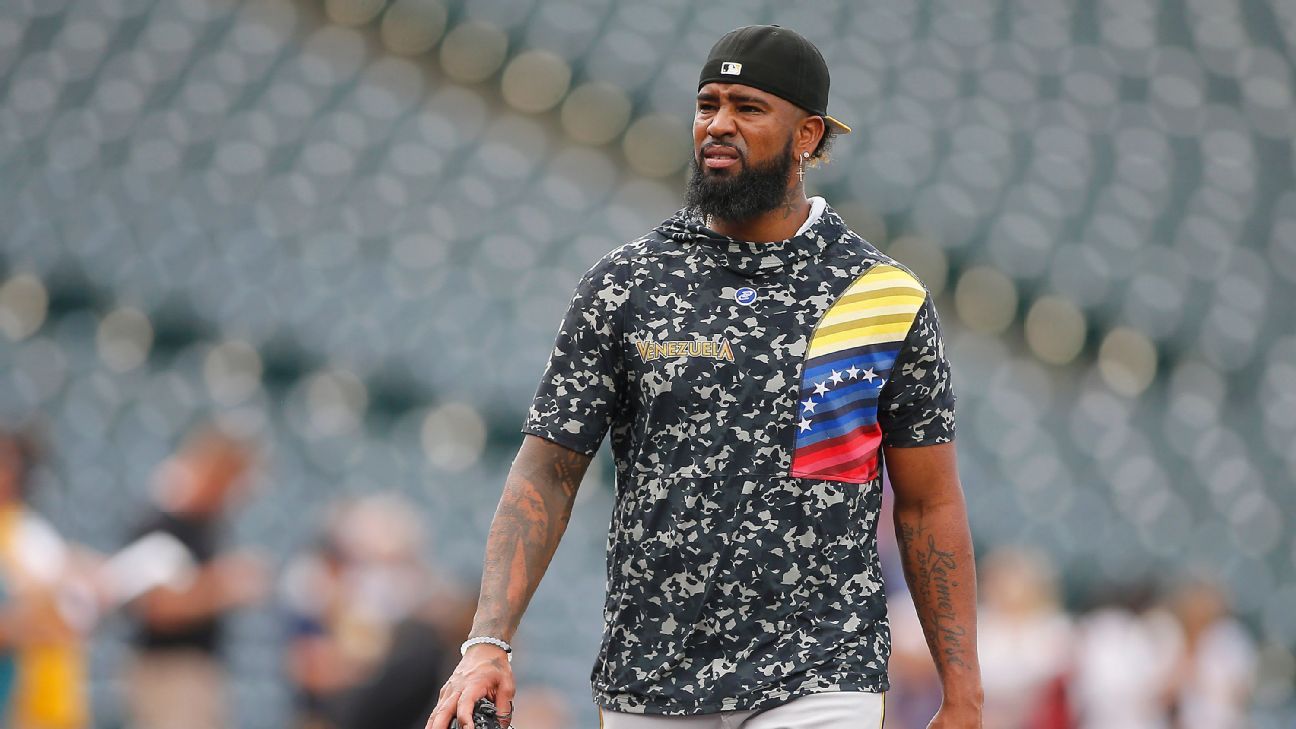

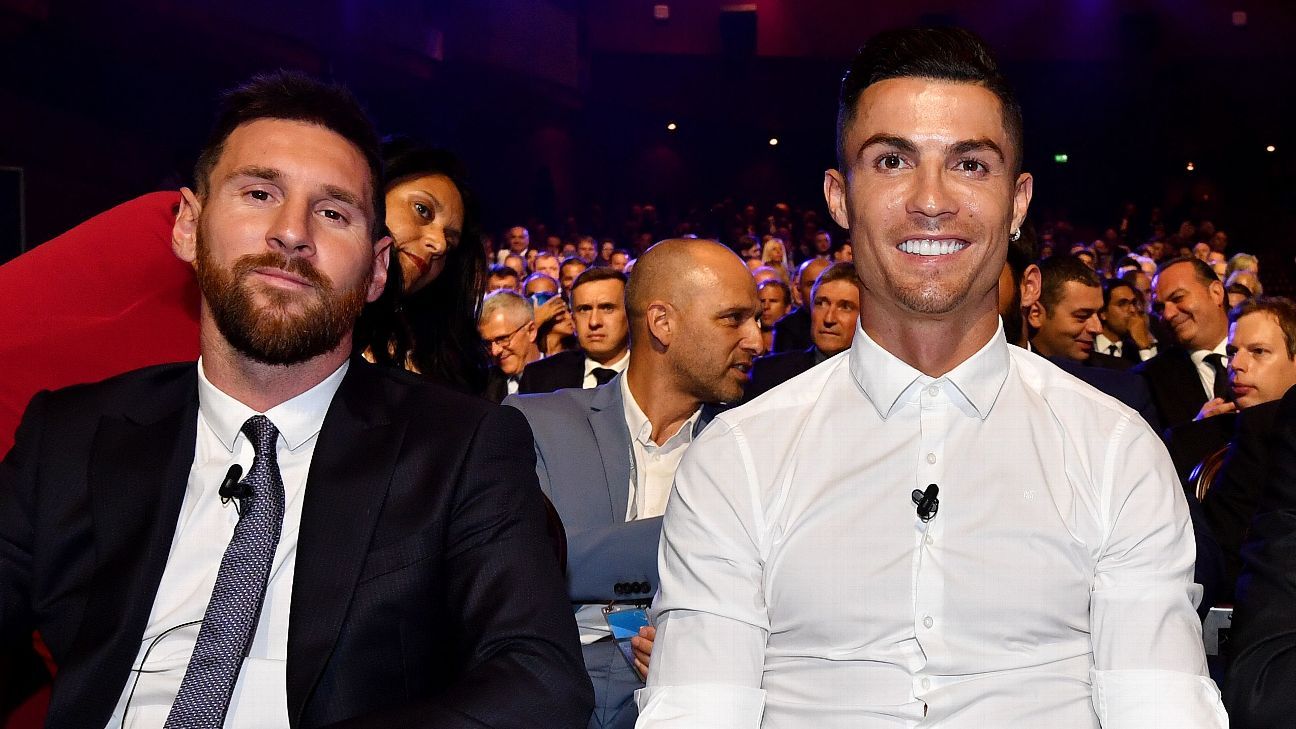


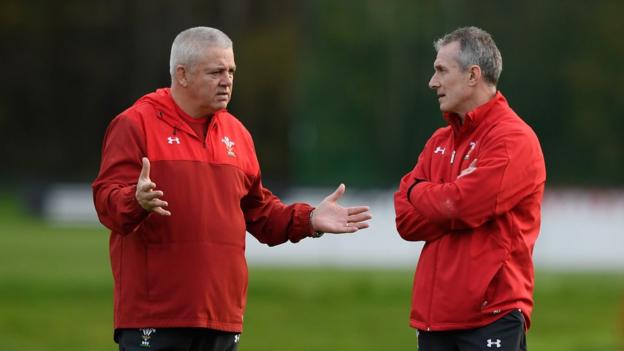
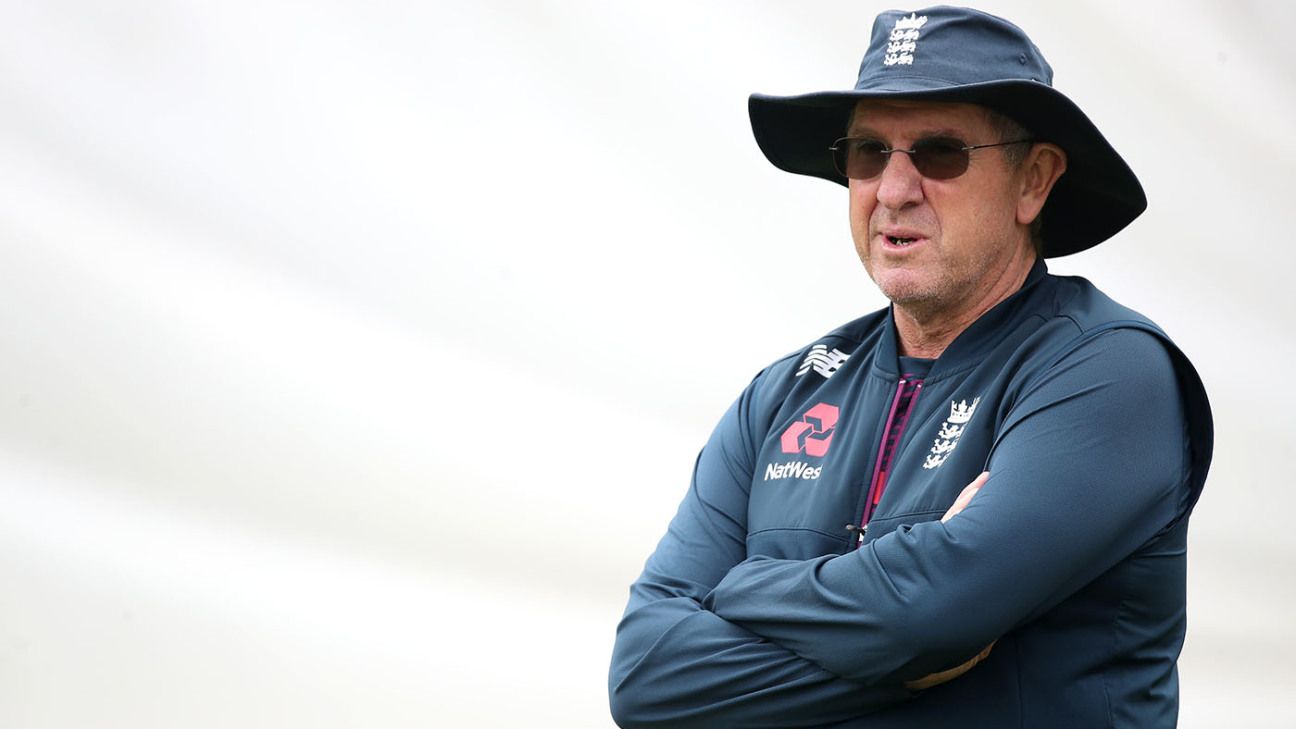
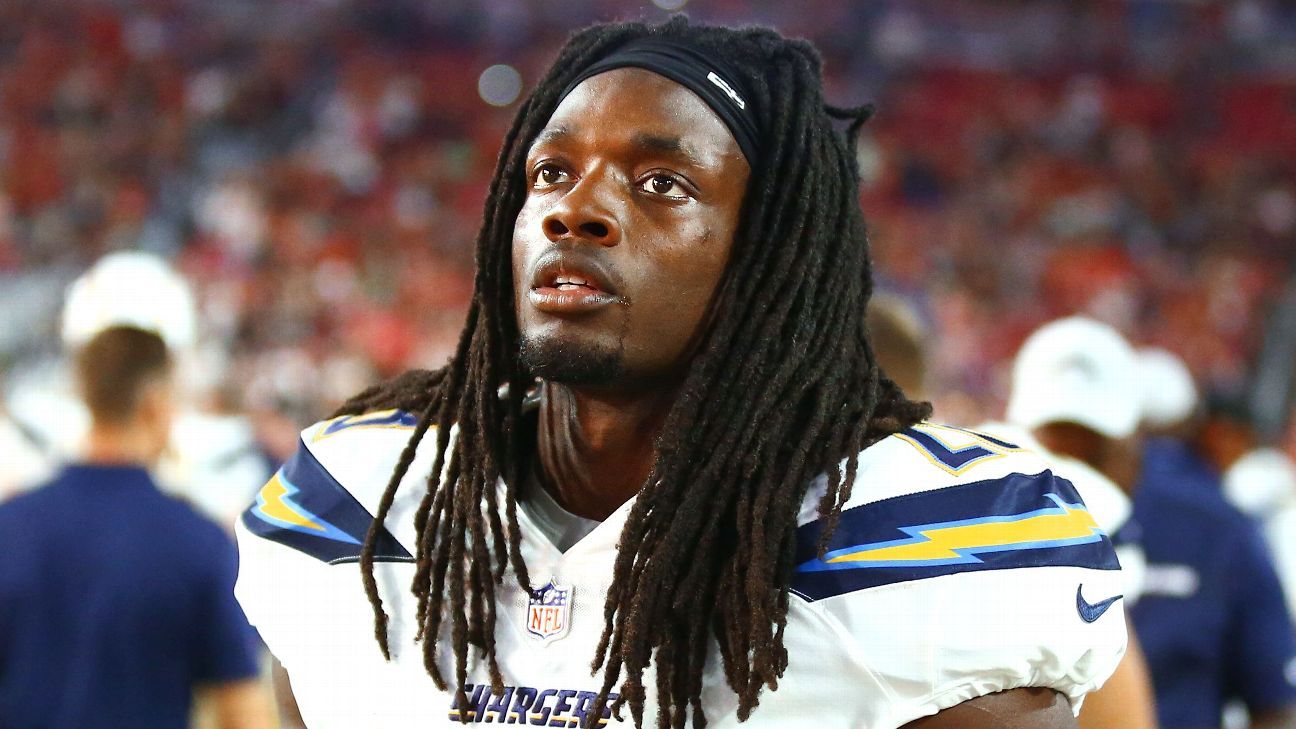
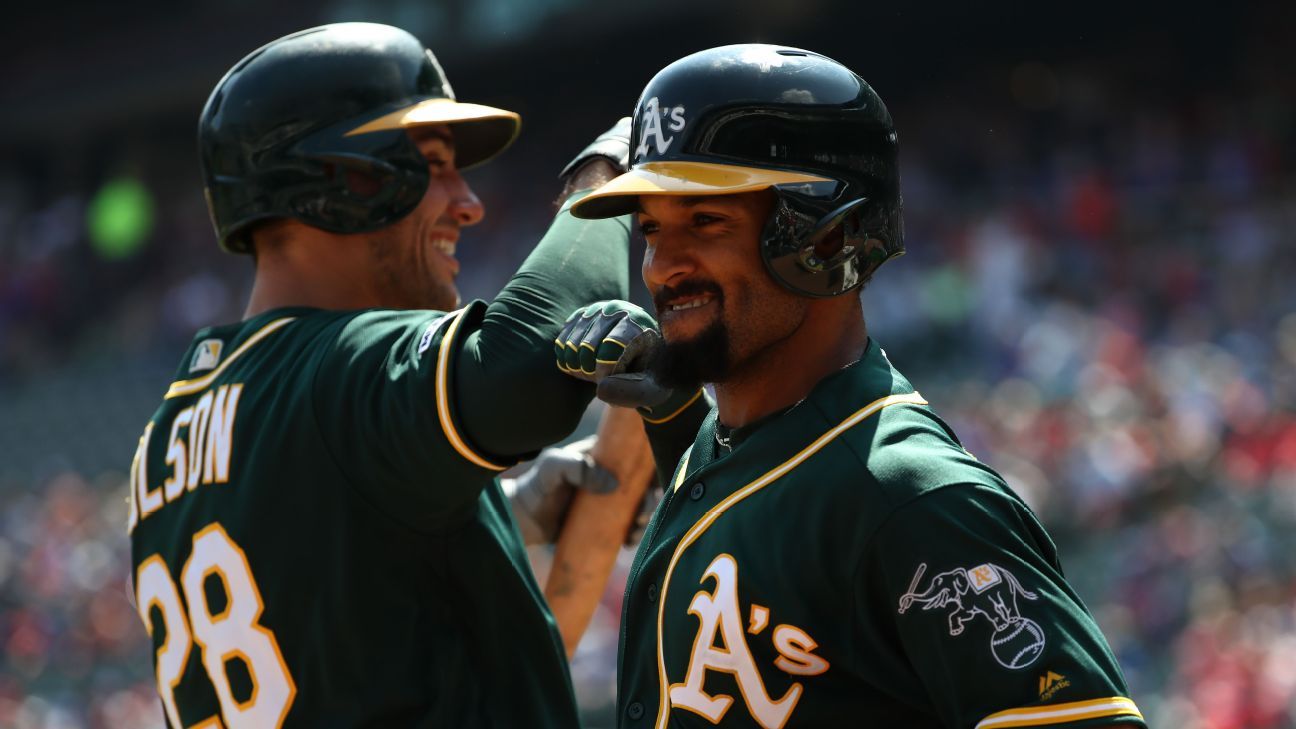










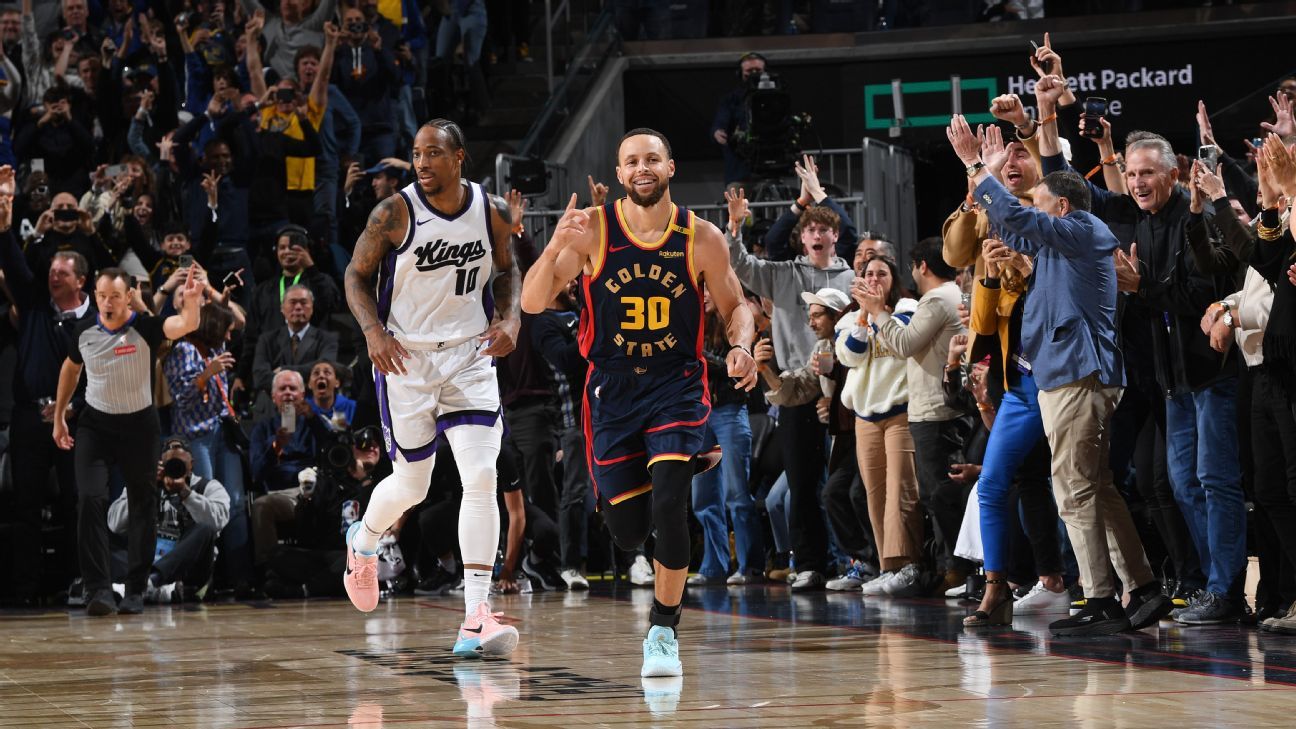
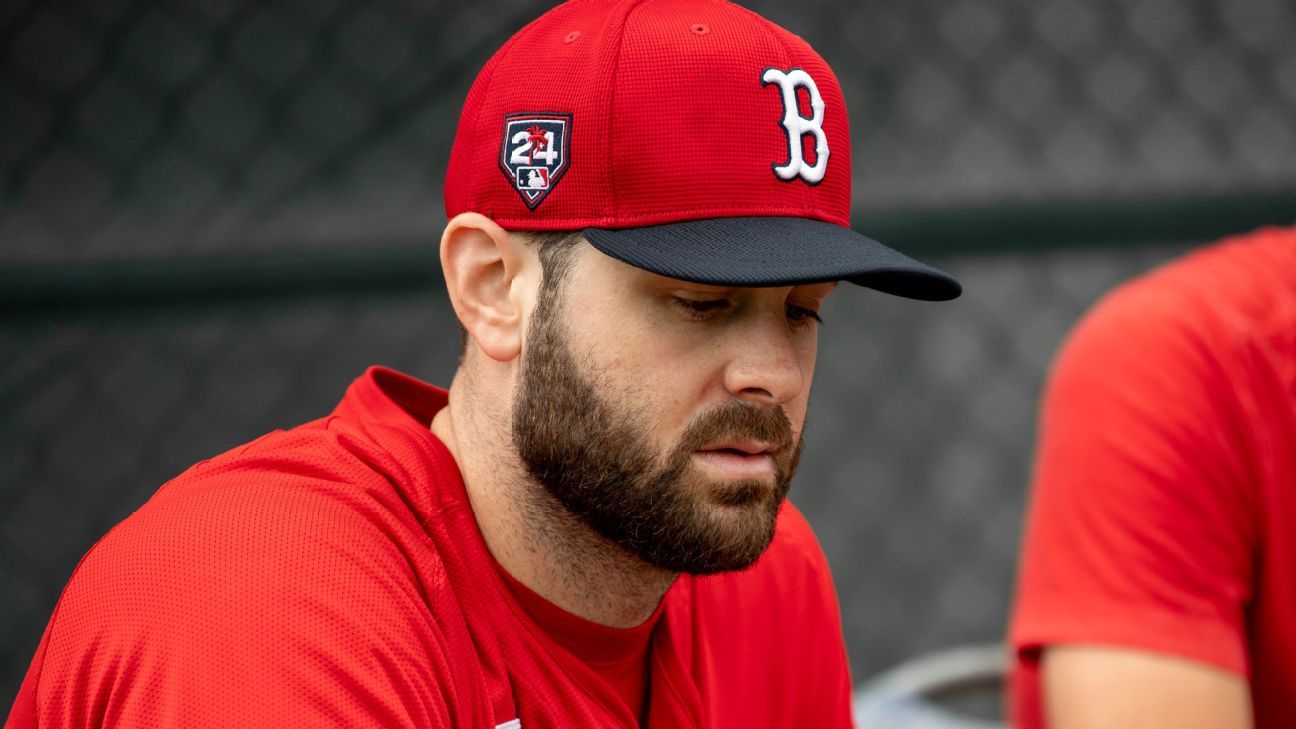


 Phone: (800) 737. 6040
Phone: (800) 737. 6040 Fax: (800) 825 5558
Fax: (800) 825 5558 Website:
Website:  Email:
Email: 






